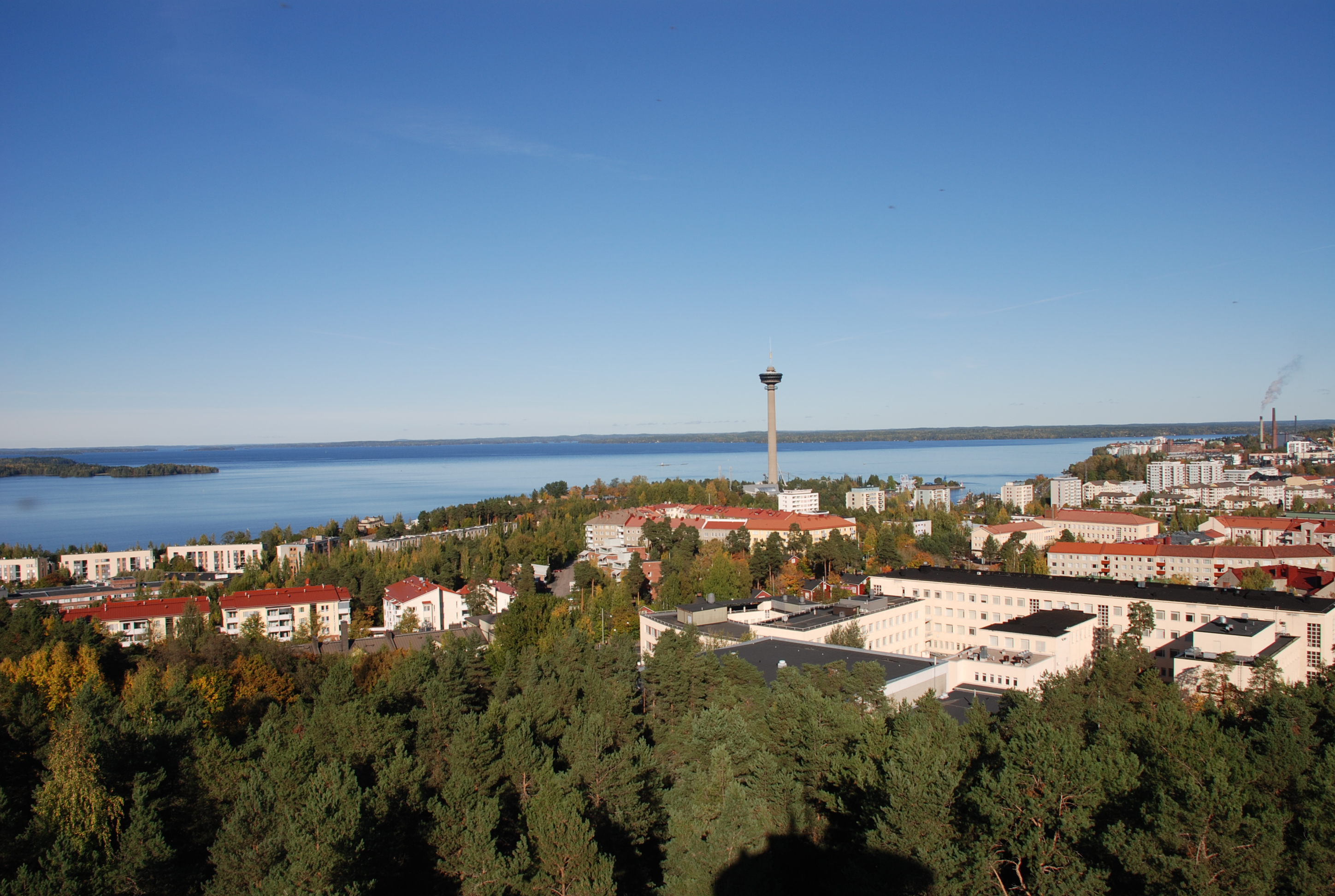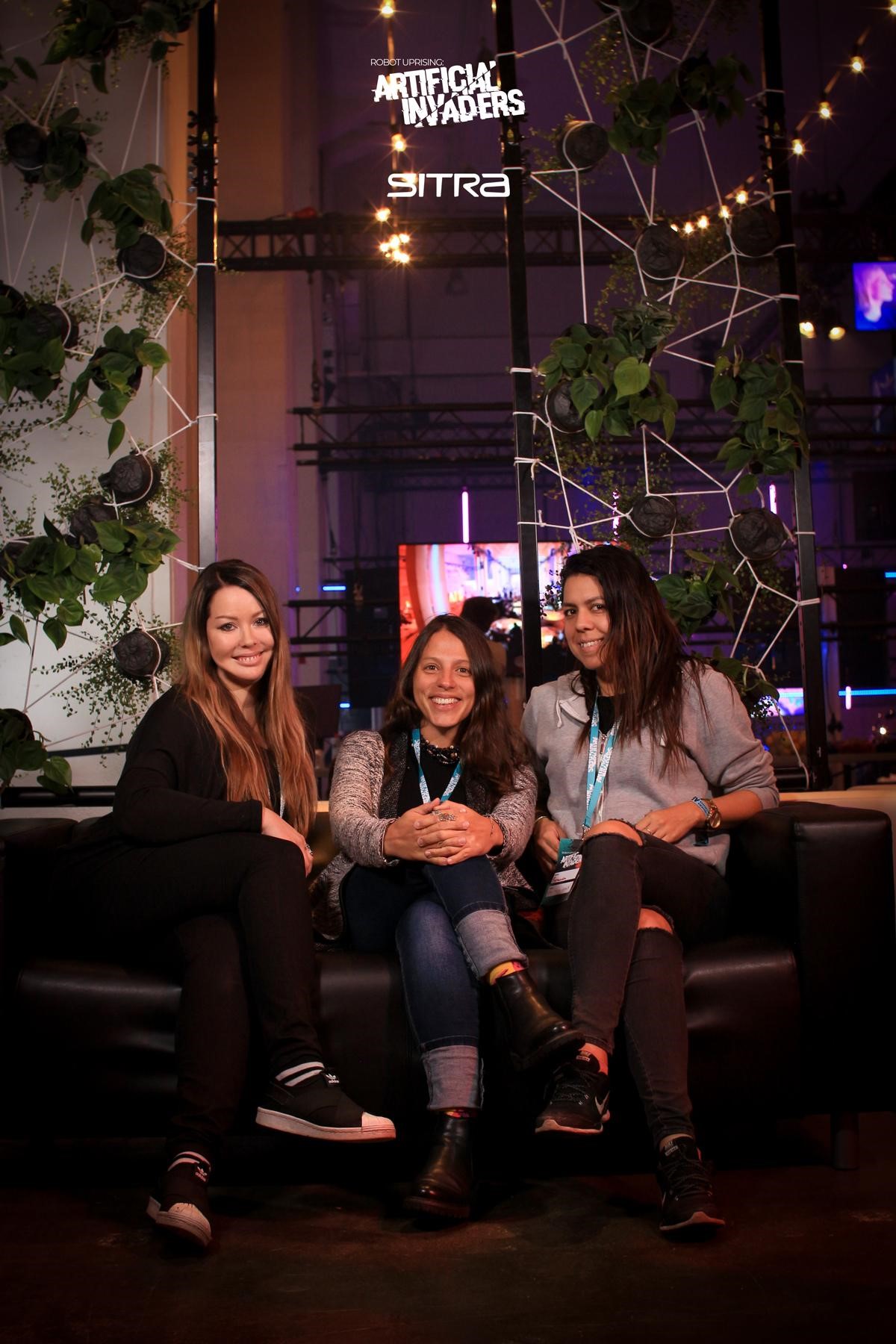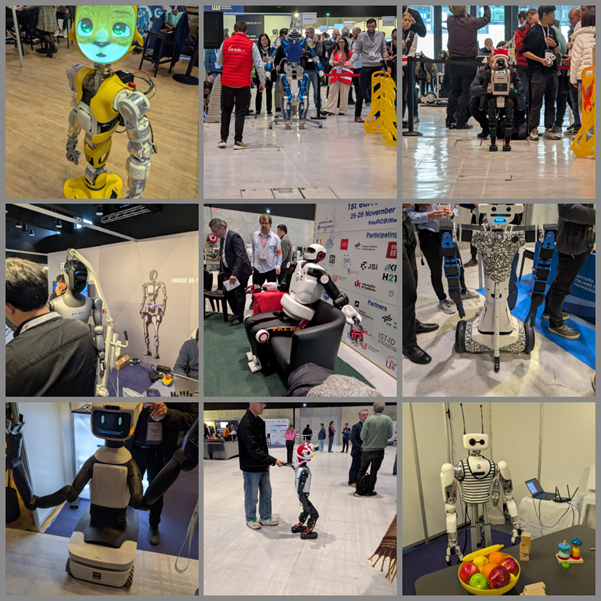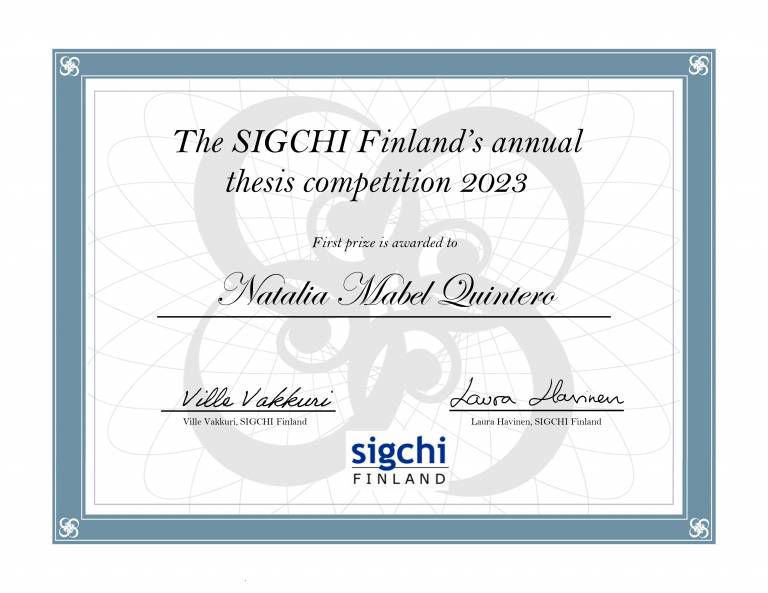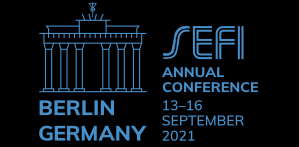Hackathons are a great way to put your knowledge to the test, practice new skills, and most of all, have fun! The psychology/design/tech knowledge we had gained during the exciting lectures at the university gave us a huge head start and enabled us to go very deep into the subject very fast. In addition, our past experiences enabled us to combine our unique skills – multi-disciplinary backgrounds (e.g. design, business, psychology computer science, engineering) are incredibly valuable in ideation!
During the intensive weekend of working, we were advised to imagine as if we were living in the year of 2043, and had to tackle the huge challenges that our planet and society was facing. So we ended up designing Mindvice, ‘The Airbnb of Consciousness’. The basic idea was that we wanted to solve the problem of the selfish society we were living in – it had been too easy to look the other way, and the lack of emotion had weakened our decision-making and interaction. Since still in the 2043 the world was heading towards a bad direction, we decided that our concept should motivate people make things better whilst providing entertainment.
Regarding our design, Mindvice allows users to immerse themselves in the feelings that other people experience in different situations in life. One can for example experience what it feels to be an astronaut in the space, to be in love, or even what is to be a refugee leaving everything behind.
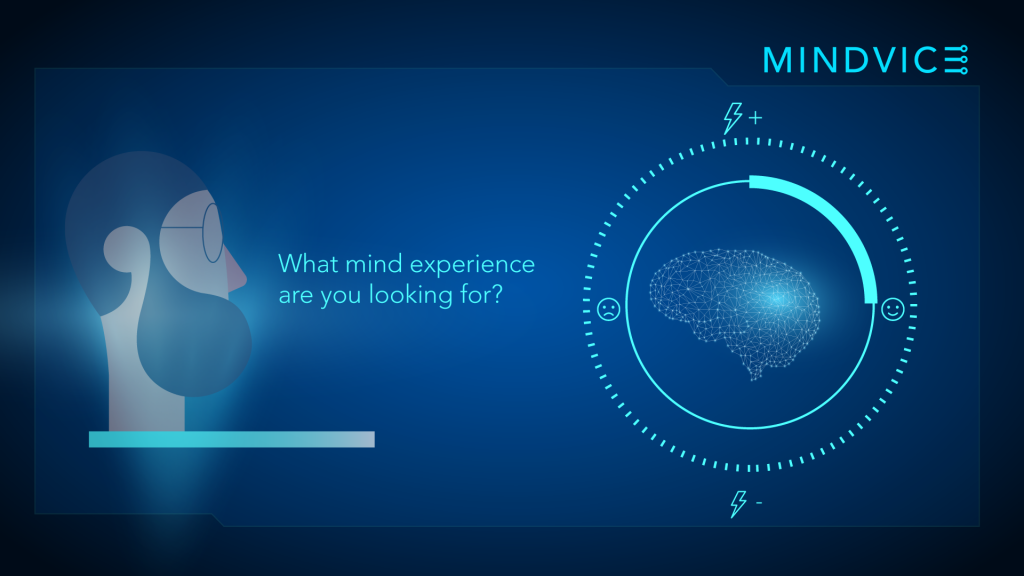
The user can access an online service with a cloud-based holographic interface through gestures, speech and brain signals to select the kind of experience he/she wants to feel. The system gives people an opportunity to be someone else in a specific situation, things that you would otherwise never experience. In other words, Mindvice, for the first time, enables users to experience how it feels like to be in someone else’s shoes, to be in someone else’s consciousness.
In Mindvice, psychometric data is collected through various of non-invasive, unimodal psychometric sensors and integrated into one single multimodal representation. Based on this collected data, a digital twin of the user’s consciousness is created. Each instant of consciousness integrates the smells, sounds, and sights of that moment of experience. Consciousness is the feeling of that integrated information experience.
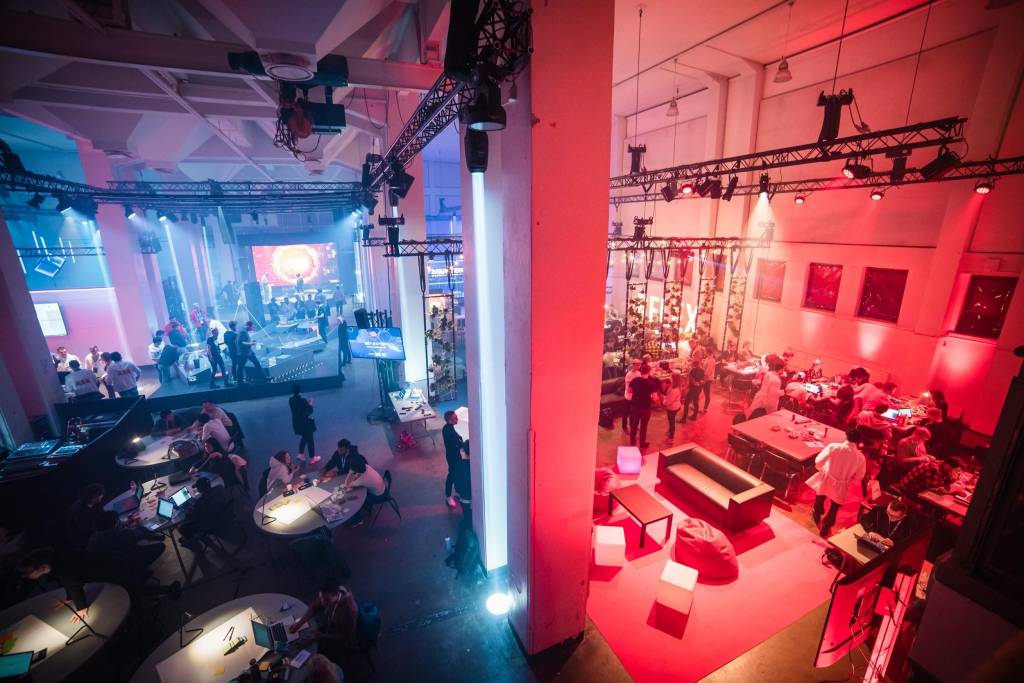
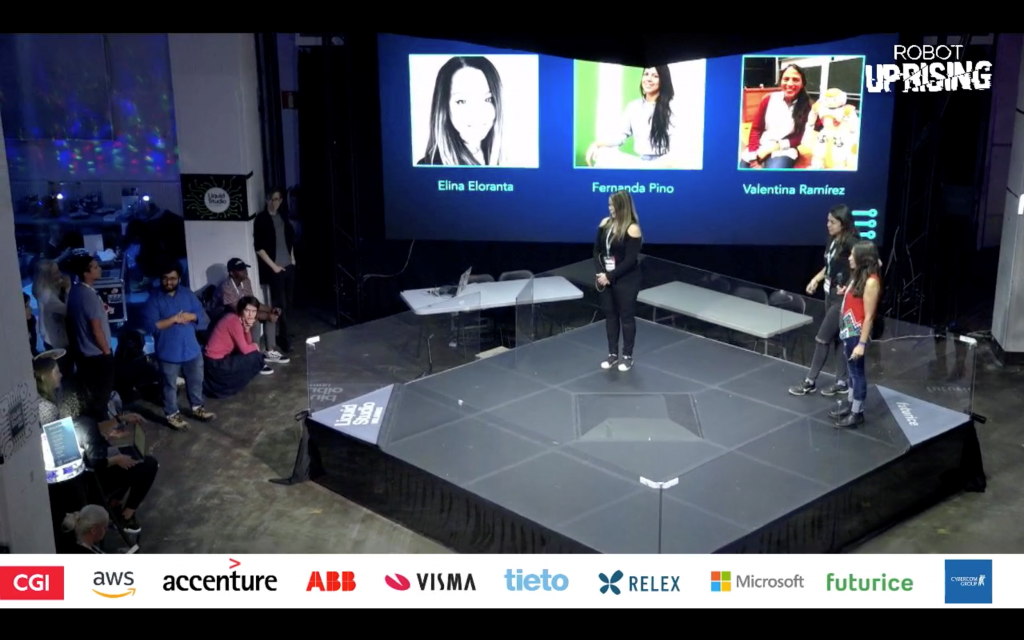
Regarding our revenue model, we selected the following:
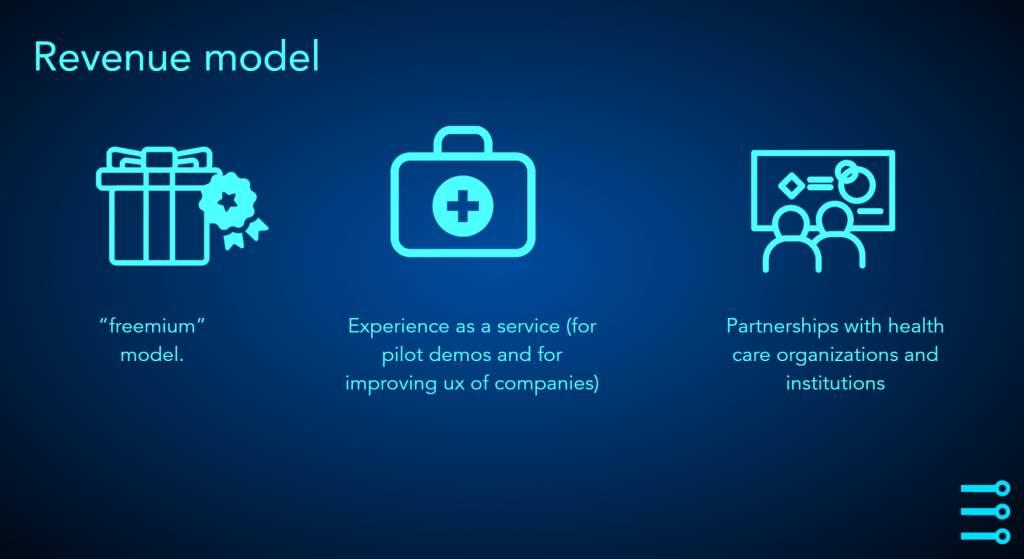
The freemium model works in the way that people can access free experiences when they upload one too. If people wish to use the service without uploading any of their data and experiences, it is possible to have a paid subscription.
‘Experience as a service’ option is for pilot demos for companies related to the entertainment industry – real estate among others – as well as companies that wish to analyze the experience of their customers to be able to improve their services. Partnerships with health care organizations and institutions is also possible, because this system could be used for example exposure therapy in patients with OCD or PTSD, only to name a few applications.
We believe in the future the right technology will be in place for Mindvice to exist because of the current mega trends described in this map, the most important ones for our concept being digital self-actualization, educational focus on emotional intelligence, the shift from individualism to communities and the digital body double to run full physiological stimulation. In order to develop Mindvice, we considered the steps related to HCPD, Design Thinking and the technology we need in order to develop it. After carefully discussing these, we decided the following roadmap could support our process. However, most of the steps are closely linked to each other and will be developed in an iterative manner.

In a nutshell, if you would like to put your skills to test in a relaxed, fun environment, and experience the power to ideating and creating together, you should definitely attend a hackathon, too! Everyone has something to bring to the table 🙂
Written by Elina Eloranta, Valentina Ramirez Millan & Fernanda Pino Gatica, Students of Human-Technology Interaction

